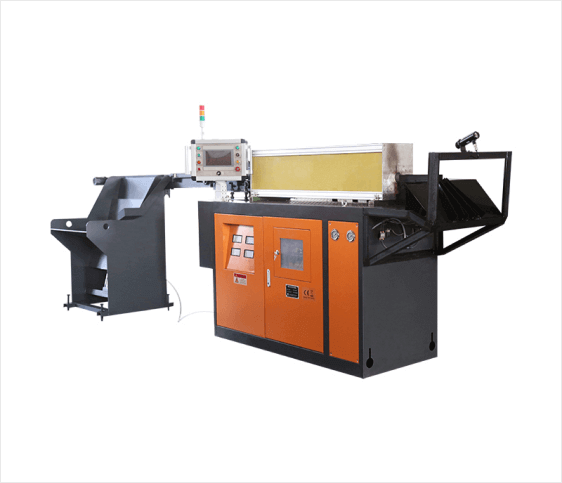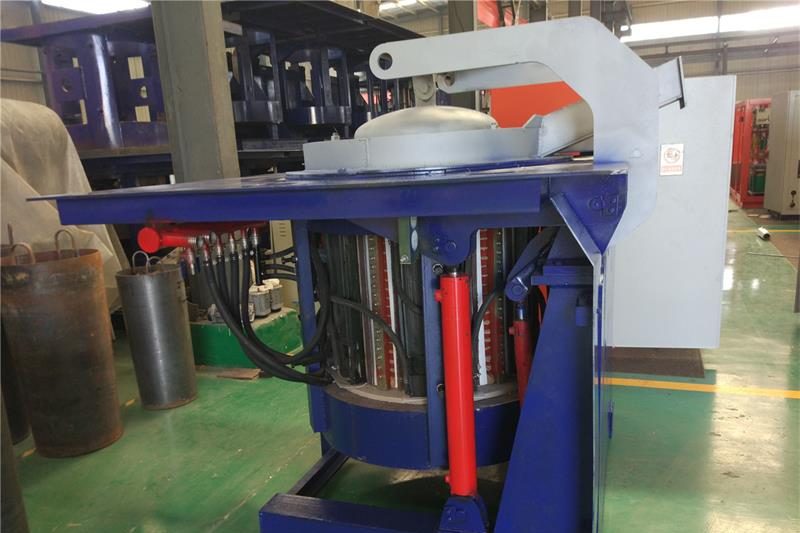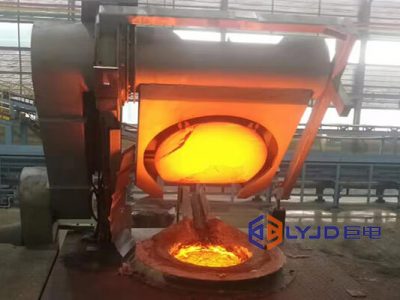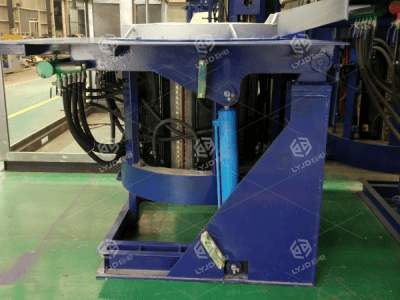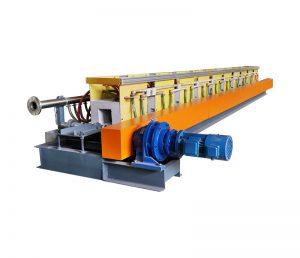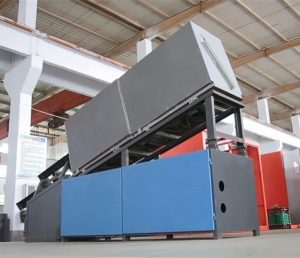Induction furnace is one of the most commonly used metal smelting equipment. A medium frequency furnace is easy to install, operate and maintain.
These furnaces have a smaller thermal size and a lower investment cost, making them the preferred choice for steel mills with lower capacity. In a furnace, steel is produced by melting the charge using heat from an electromagnetic field.
A good induction furnace is often very expensive. Let's introduce the product, medium frequency furnace and induction smelting.
What is a Medium Frequency Furnace?
When choosing the best melting furnaces for your foundry, it is important to know how they operate.
Induction furnaces work by transferring heat energy through a high voltage primary coil that induces high current, low voltage or secondary coils. These types of furnaces are ideal for melting multiple metals while maintaining a low melt loss.
Types
These furnaces come in two main varieties: coreless furnaces and channel furnaces.
Coreless furnace: Coil is the main heating component of coreless furnace. The furnace takes its name from the coil, which is made of highly conductive copper tubes and wound into a spiral coil before being placed in a steel casing. To reduce the risk of overheating, the coil itself is water-cooled through a circulating tower.
The frequencies used can vary between 50 and 10,000 cycles per second (referred to as power frequency and high frequency, respectively). The higher the frequency, the more power can be applied to the furnace. Once the material reaches a molten state, the interaction between the magnetic field and electric current creates a stirring reaction that helps mix the alloy and distribute the temperature evenly throughout the process.
Channel furnace: The channel induction furnace consists of a refractory steel housing to contain the heated metal. Connected to this is the primary induction unit.
The unit consists of an iron core around which induction coils are wound. The heat generated circulates the metal into the main well, creating its own stirring action -- similar to the one mentioned above. These types of furnaces are suitable for melting low melting point alloys or for use as holding houses for high melting point metals.
Induction Furnace Benefits
No matter what type of induction furnace your foundry requires, this type of induction furnace can offer specific advantages that other alternatives cannot match.
Induction furnace is suitable for melting metals such as gold and silver, copper, aluminum, silicon, brass and zinc. Steel and iron can also be melted for industrial use.
They don't require much space to run, making them ideal for foundries of all sizes. They are also more environmentally friendly than some alternatives. They are highly energy efficient, which means that they do not adversely affect a company's energy consumption, and they are ideal for foundries that want to reduce their environmental footprint in terms of production.
They have less combustion loss, higher overall yields, and are easier to automate than alternatives.
When considering which furnace is best for your foundry, consider the benefits of induction smelting and whether the induction furnace is right for you. Not only do they save space, but they also reduce wastage, save energy, and melt the most commonly used metal types.
If your foundry needs a furnace, welcome to pay attention to Luoyang Judian to consult for any questions.
